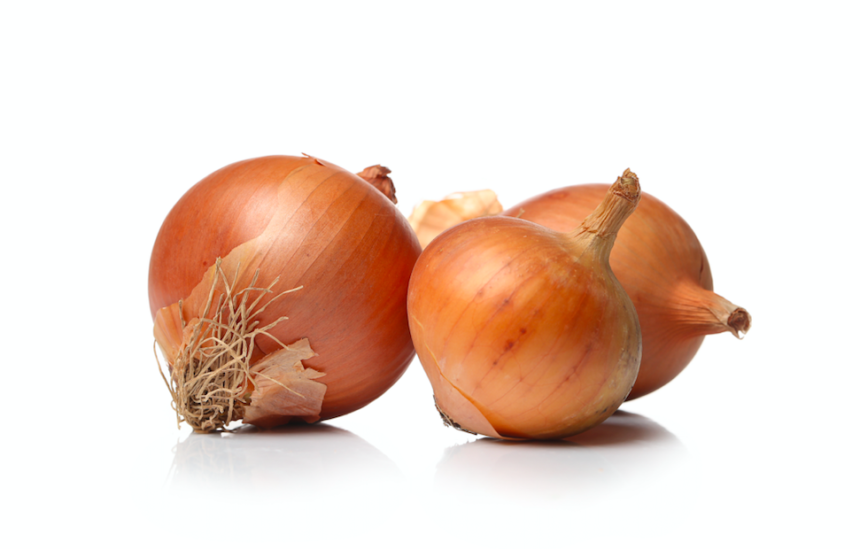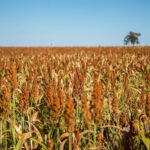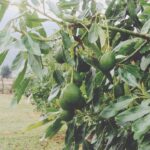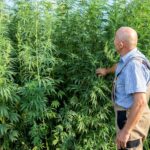Onions are a staple ingredient in many South African dishes and growing them in your garden can be a rewarding endeavor. Whether you’re a seasoned gardener or a beginner, there are several important factors to consider before embarking on onion cultivation in South Africa. From selecting the right varieties to managing pests and diseases, here are ten things you should know before growing onions.
- Climate and Season: Onions thrive in cool to moderate climates and require a long growing season. In South Africa, planting onions is typically done during autumn or early winter, depending on the region. Choose the right season for your area to ensure optimal growth and bulb development.
- Varieties: There are various onion varieties suited for different growing conditions and culinary preferences. Common onion varieties in South Africa include the white-skinned Granex, the red-skinned Red Creole, and the brown-skinned Texas Grano. Select varieties that are well-suited to your region and desired use.
- Soil Requirements: Onions prefer well-drained soil with good fertility. Prepare the soil by incorporating organic matter, such as compost or well-rotted manure, to improve its structure and nutrient content. Onions prefer a slightly acidic to neutral soil with a pH level between 6.0 and 7.0.
- Seed Selection: Onions can be grown from seeds or sets (small onion bulbs). When choosing onion seeds, consider factors such as bulb size, storage life, and disease resistance. Opt for varieties that are known to perform well in your region.
- Planting and Spacing: Onion sets should be planted directly into the garden, while seeds can be started indoors and later transplanted. Space onion plants approximately 4 to 6 inches (10 to 15 centimeters) apart, with rows spaced 12 to 18 inches (30 to 45 centimeters) apart. Proper spacing allows room for bulb development and airflow.
- Watering: Onions require consistent moisture, especially during bulb formation. Provide regular watering, aiming for approximately 1 inch (2.5 centimeters) of water per week. Ensure the soil is evenly moist, but avoid overwatering, as it can lead to rotting and diseases.
- Nutrient Management: Onions have specific nutrient requirements for optimal growth and bulb formation. Conduct a soil test to determine any nutrient deficiencies and make appropriate amendments. Onions generally benefit from a balanced fertilizer with higher phosphorus and potassium levels. Side-dress the plants with fertilizer during the growing season to provide additional nutrients.
- Weed Control: Proper weed control is essential to minimize competition for nutrients and water. Mulching around onion plants can help suppress weeds and conserve soil moisture. Regularly inspect the garden for weeds and remove them promptly, taking care not to damage the onion bulbs or roots.
- Pest and Disease Management: Onions can be susceptible to pests like onion flies, thrips, and nematodes, as well as diseases like downy mildew and white rot. Implement integrated pest management (IPM) strategies, including crop rotation, proper sanitation, and the use of organic or chemical controls when necessary. Regularly inspect the plants for any signs of pests or diseases.
- Harvesting and Storage: Onions are typically ready for harvest when the foliage starts to yellow and topple over. Gently loosen the soil around the bulbs and lift them out of the ground. Allow the onions to cure in a dry, well-ventilated area for a few weeks until the outer skin becomes papery. Store the cured onions in a cool, dry place with good airflow to maximize their shelf life.
By considering these ten crucial factors before growing onions in South Africa, you’ll be better prepared to cultivate healthy and productive plants. With proper care, attention, and adherence to recommended practices, you can enjoy a bountiful harvest of flavorful onions from your South African garden.
Image by Racool_studio on Freepik







